June 17, 2025 | 11:00 GMT +7
June 17, 2025 | 11:00 GMT +7
Hotline: 0913.378.918
June 17, 2025 | 11:00 GMT +7
Hotline: 0913.378.918
On April 17, Secretary of Agriculture Thomas Vilsack attended the ribbon-cutting event for Vietnam's brand-new Vietnam Wood Identification and Screening Center at the Vietnamese Academy of Forest Sciences (MARD).
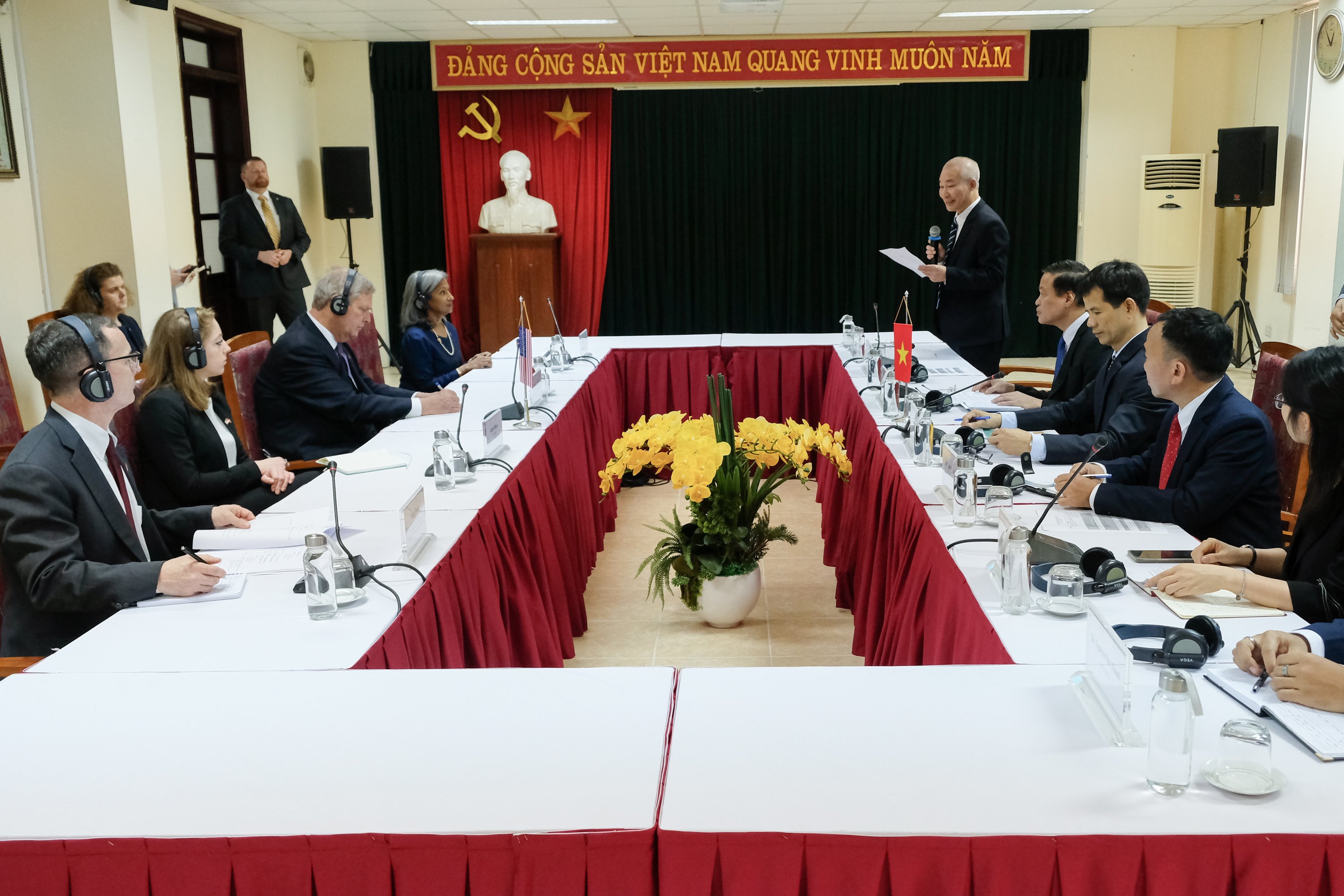
On April 17, Secretary of Agriculture Thomas Vilsack visited Vietnam and met with representatives of the Vietnamese Academy of Forest Sciences (VAFS), part of the Ministry of Agriculture and Rural Development. Professor. Dr. Vo Dai Hai, Director of VAFS, and Director of the International Cooperation Department Nguyen Do Anh Tuan, among others, were in attendance. This is the first unit that USDA Secretary Thomas Vilsack talked with on his April 17-19 visit to Vietnam.

According to Professor. Dr. Vo Dai Hai, the US Forest Service assisted Vietnam in 2021 with the two-year project "Enhancing wood inspection capability for Vietnam." The project funded DART technology for wood inspection, which is an automated analysis method based on comparing the findings of spectroscopic analysis of the chemical composition of compounds in wood with accurate analysis time (about 10 minutes).
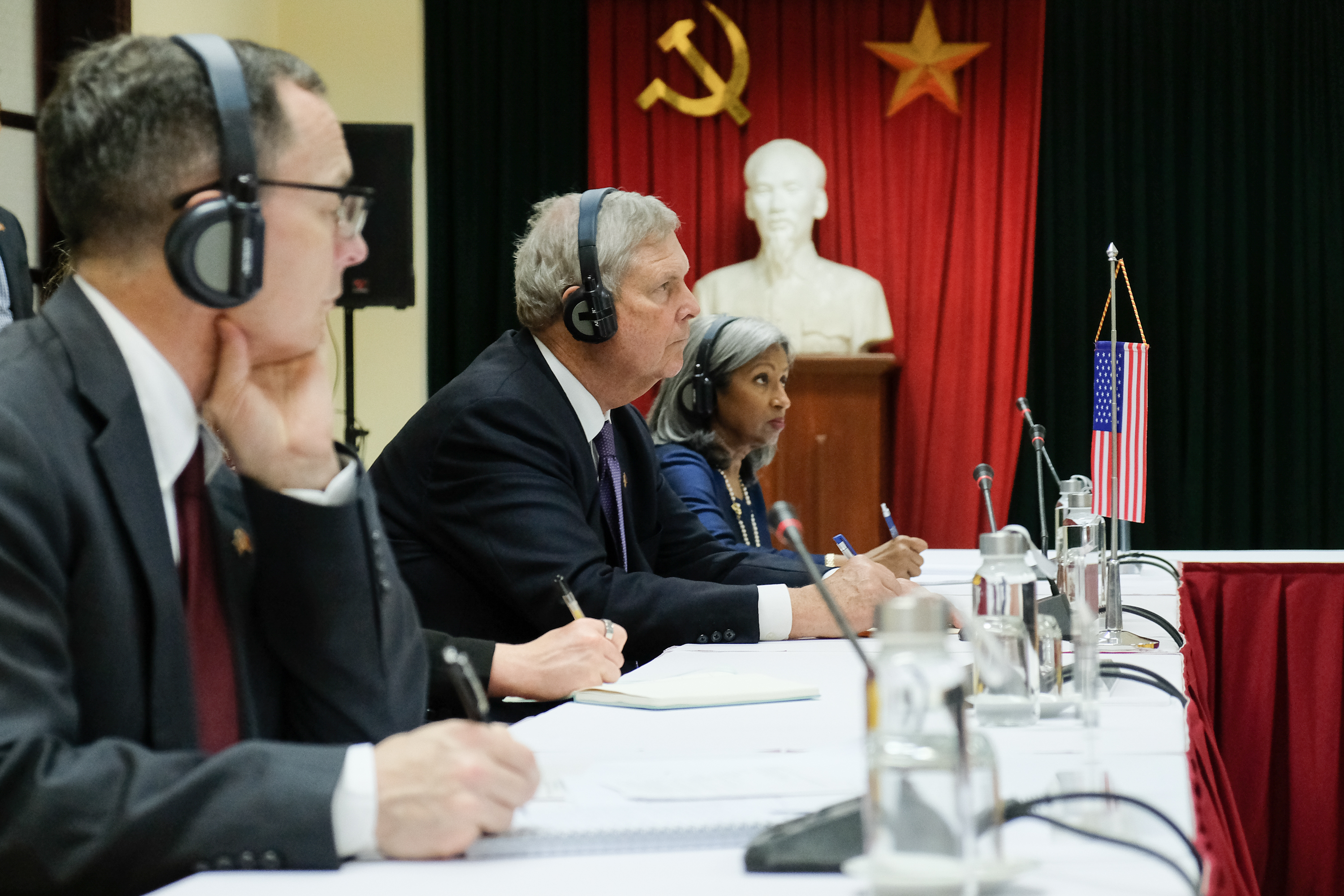
The Vietnamese Academy of Forest Sciences is now the most important research organization in the forestry subsector. Every year, the Academy handles a massive task in the wood inspection. Unfortunately, existing inspection technology is mostly based on wood structures, and the inspection time is extended, which has a significant impact on enterprises. As a result, the Academy is happy to acquire DART technology from the US Forest Service and considers it as a step toward digital transformation in the Vietnamese forestry subsector.

For his part, US Department of Agriculture Secretary Thomas Vilsack stated that the identification technology might reduce inspection time from days to minutes. It has the potential to assist Vietnam speed up the process of acquiring licenses connected to the origin of wood types.
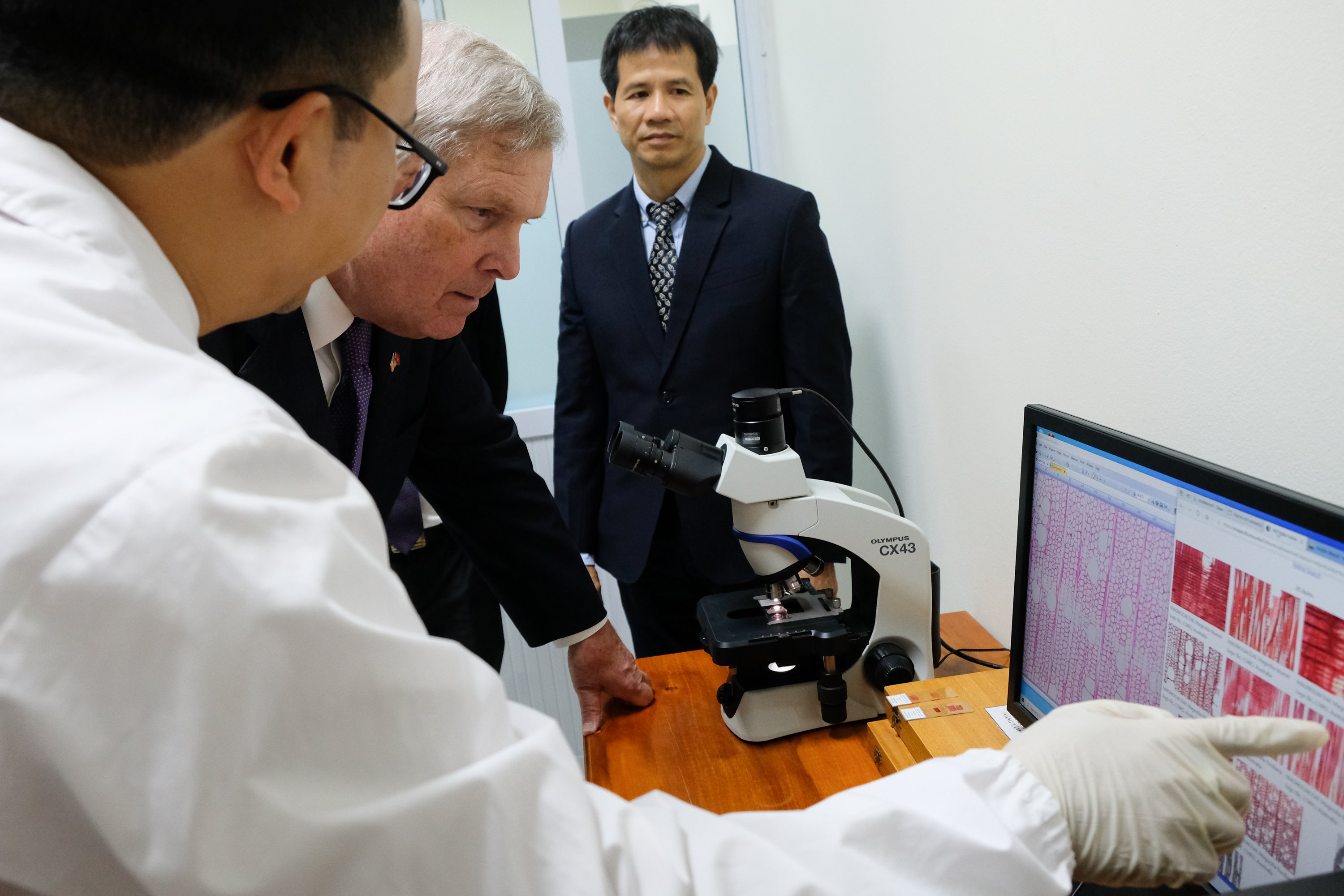
"This technology can also help Vietnam, a large wood and timber export country, ensure transparency in production and promote sustainable forestry, thereby building a brand name for Vietnamese forestry," Secretary Thomas Vilsack explained.
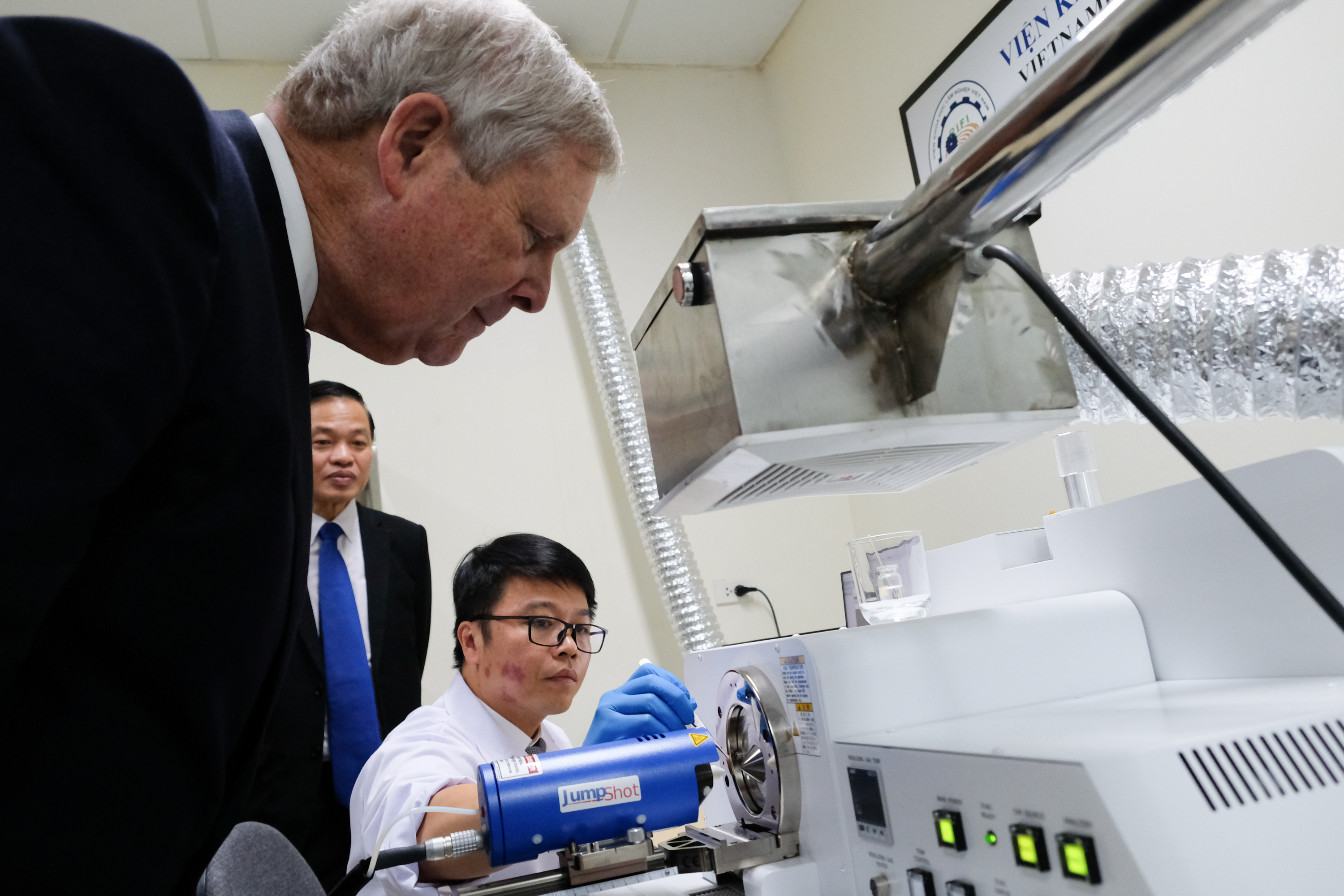
Moreover, Thomas Vilsack stated that reducing the wood inspection time benefits both Vietnam and the United States by allowing it to export wood materials to the Vietnamese market more promptly. In the reverse direction, Vietnamese wood items are imported more quickly into the United States, giving this country's customers greater choice.
"This is a clear accomplishment after ten years of creating the two countries' comprehensive partnership, demonstrating how we can help each other. I believe that technological advancements will continue in the future", stressed the USDA Secretary.
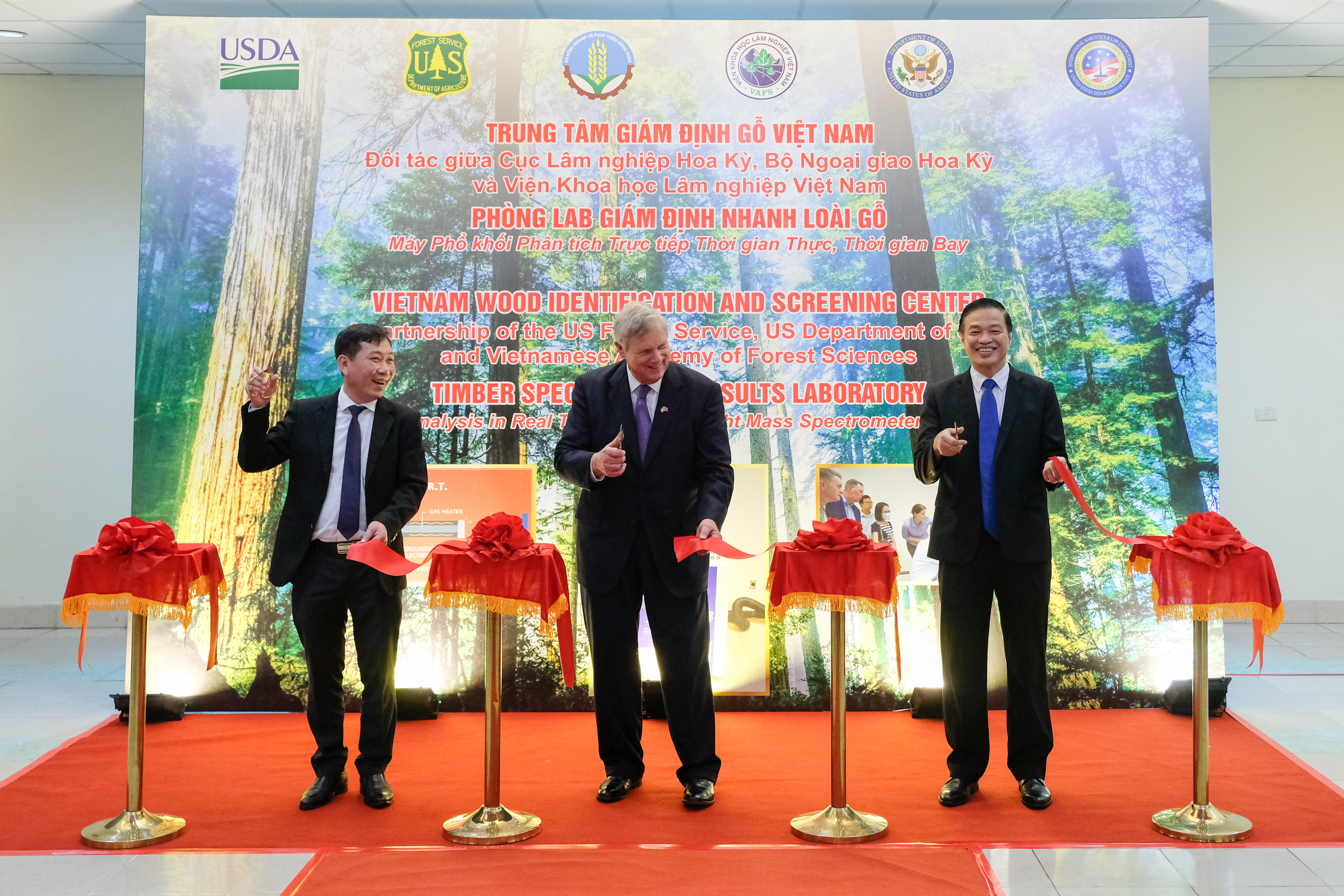
Nguyen Do Anh Tuan, Director of the International Cooperation Department, stated that the establishment of the Vietnamese Academy of Forest Sciences' Vietnam Wood Identification and Screening Center can either promote subsector trade or improve the transparency, responsibility, and sustainability of future forestry development.

According to Prof. Dr. Vo Dai Hai, the Academy has concentrated its efforts on compiling data on 800 tree species in Vietnam, of which it is projected that 100 species would have more than 20 samples. Furthermore, the Academy is carrying out the required legislative processes for Vietnam to legally recognize the DART technology used in wood inspection in Vietnam and to apply to CITES for a code as the foundation for the international exchange of specimens.
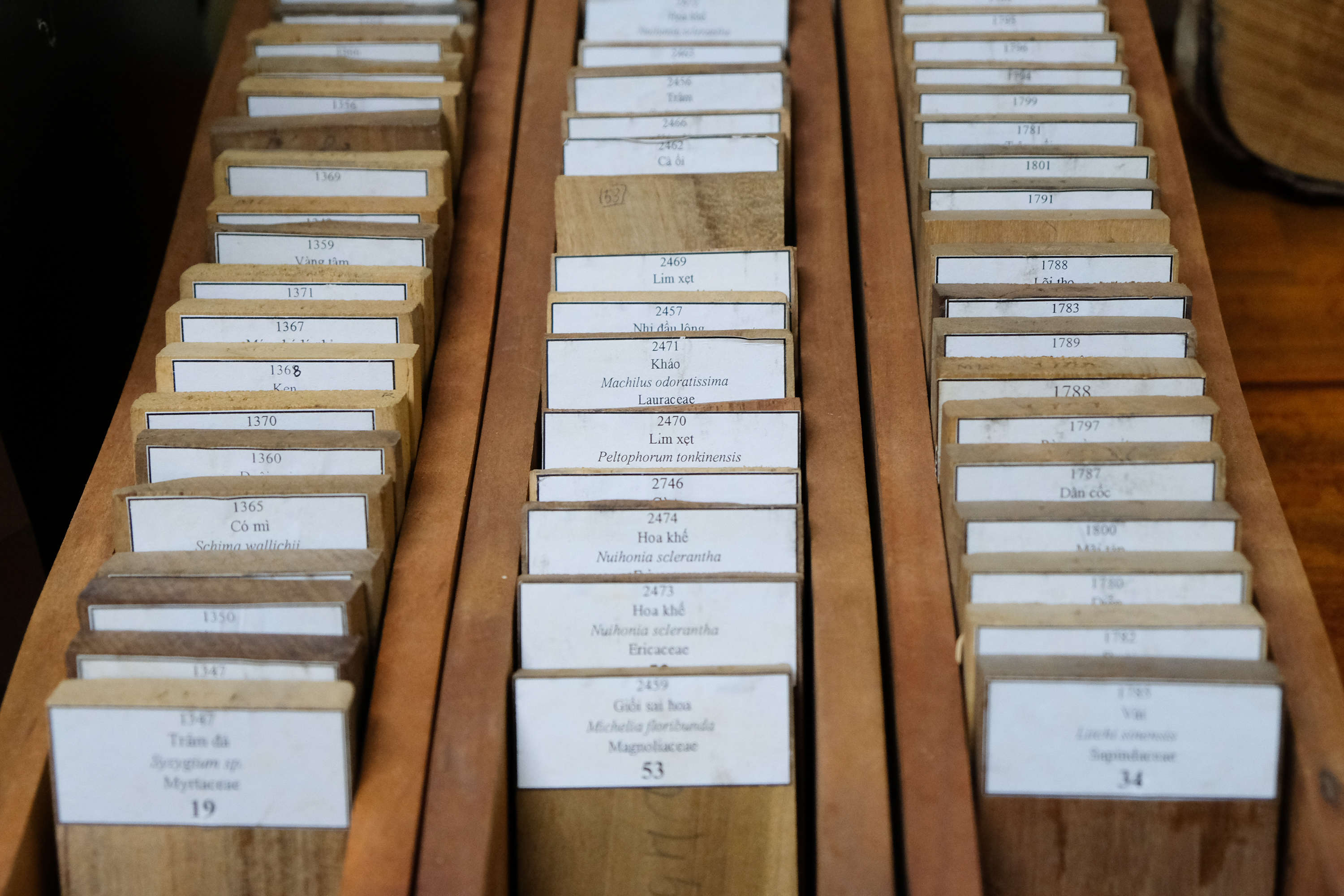
He suggested to the USDA Secretary that the US keep training Academy personnel to become international appraisers and improve their capability for dealing with issues concerning DART technology and accountability. Moreover, it is essential to continue to promote the development of the DART wood inspection laboratory into a regional timber inspection center, integrating with the worldwide wood inspection network, and forming cooperation agreements to share information and data.
Vietnam's export turnover of wood and timber is growing at a pace of 13-15% per year, with the export value reaching around USD 15.7 billion in 2022, with the US market accounting for 65-70% of the total. Vietnam has risen to become the main exporter in Southeast Asia, the second in Asia, and the fifth in the world, accounting for around 6% of the global furniture market.
Furthermore, because Vietnam has signed international conventions and free trade agreements, the regulation of legal wood origin, particularly in the export and import of wood and forest products, is critical. Meanwhile, the need for wood inspection has skyrocketed in Vietnam in recent years.
Translated by Linh Linh
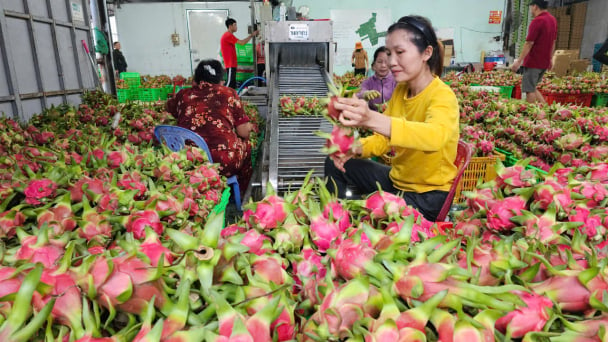
(VAN) According to the Binh Thuan Department of Industry and Trade, in the first five months of 2025, Binh Thuan's dragon fruit export turnover increased by 20.65% compared to the same period last year.
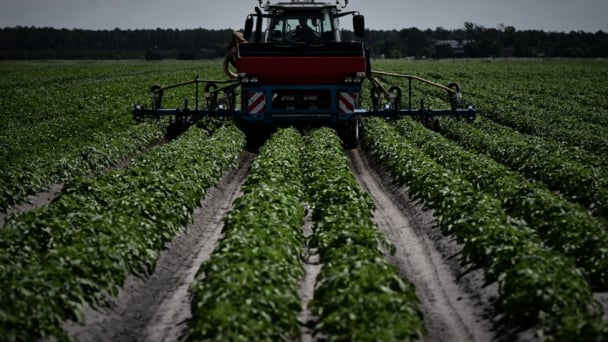
(VAN) EU countries on Thursday gave final approval to new tariffs on fertilizer imports from Russia, a move aimed at cutting off revenue that could support Moscow’s war in Ukraine, despite concerns from European farmers.

(VAN) The working delegation from the Ministry of Agriculture and Environment conducted an important trip to the Netherlands to strengthen strategic partnerships and sustainable development in the agricultural sector.

(VAN) The letter ‘A Plea from the Ocean’ not only evokes emotion but also awakens the human conscience to the responsibility of protecting life on Earth.

(VAN) The Department of Agriculture in South Africa has announced the country’s first mass vaccination of poultry to prevent local birds from contracting avian influenza.

(VAN) Establishment of the Mekong Delta Regional Agricultural Linkage Center, aiming for a closed value chain, deep processing, trading platforms, and international market connectivity.

(VAN) Gia Lai province has recently recorded 460 rare species of animals and plants, contributing to forest conservation and biodiversity planning in the region.